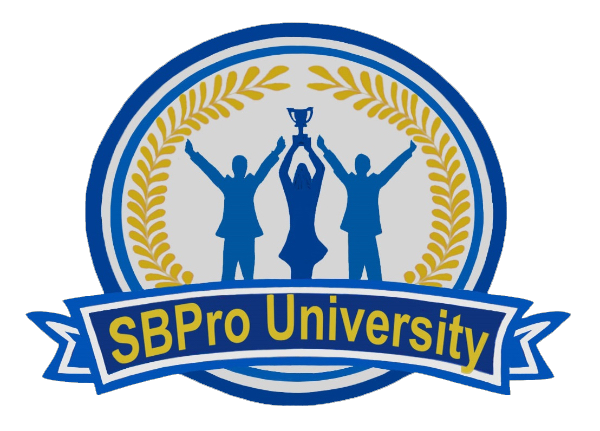Making a Profit While Ensuring a Continued Cash Flow
It is of utmost importance to realize that making a profit does not mean the same thing as having cash flow. Then this may lead you to wonder which of these items should be regarded as being the one that is the most crucial.
Considering the reality
The reality is that a business may have negative profits, and yet the business may continue to remain operational. But when there is a negative balance of cash, it becomes necessary to provide extra funding. If this does not happen, the truth of the matter is that the business will crash. There are many owners of businesses who experience a crisis as a result of assuming that the cash that is available for the business will increase in direct accordance with the profits of the business. However, the reality is that the process demonstrates a higher level of complexity than this type of flawed reasoning. Even though a business has succeeded in making a profit, this does not directly indicate that the business has experienced an increase in the amount of cash that is available to the business.
This means that a business can experience running out of money when the business's growth phase happens too rapidly. This can also happen when sales re insufficient, resulting in the inability to pay for various expenses. How can this even be a possibility? It can seem simple to comprehend how a business may experience a lack of cash when the business has lost finances. On the other side of the spectrum, at first, it does not seem understandable that a business can experience a lack of finances if the business is experiencing growth in its sales and profits.
Yet, most companies do need to engage in extra investing for marketing to draw in more sales. This does require money to construct more capacity, which means that this will necessitate the use of more finances to buy the increased inventory. This can deplete the business's cash ahead of the realization of the extra cash that will be generated from the sales and profits.
Thus, it is important to realize that profit equates to sales minus expenses with the exclusion of asset purchases. Then cash flow equates to the inflow of cash minus the outflow of cash.
Learning from a real-life story
Consequently, it is worth considering the real story of a CEO of a truck parts and services company. This CEO had to go through hard times to learn this lesson. He spent his life growing up in the nation of Brazil. He had developed a passion for working on heavy equipment and trucks even in the midst of the blazing heat. Even when jobs were grimy and dirty, he thrived in doing that kind of work. Then he eventually moved to America as an adult, where he worked as a truck driver. Many other truck drivers requested him to make repairs for their trucks. This led him to open his own business that offered mobile truck repair services. Then he also went on to have his own store that sold small parts. He also was able to open a repair shop with one bay. At this present time, he is the owner of a business worth several million dollars in Newark, New Jersey.
He has finished specialized business training and then moved forward to grow his business according to his designated growth plan, which entailed the addition of a booth that offers paint spraying services for trucks. This man was confused about the fact that though his company had experienced twenty percent growth, which is quite impressive and had achieved a high level of profits, there seemed to be a lack of money. He did not realize where the finances had gone. Then matters were dramatically worsened when he was sent a rather hefty tax bill, as he was left without the necessary growth finances that were needed for the sake of paying the tax bill.
This naturally leads us to wonder how this could really occur. That is why we will examine this situation as we view the numbers below for the sake of learning. Do note that to respect the privacy of the person, the numbers that are presented here are fictionalized and are implemented for the sake of simplifying the presentation of the example. Let us commence by taking into consideration the statement of his income for a particular year.
The company's revenue for the year generated one million dollars, which resulted in one hundred percent from sales. Then there is the subtraction of the variable costs of five hundred thousand dollars, which equates to the usage of fifty percent of the generated income. These costs were in relation to sales. This leads to the gross profit, which equates to five hundred thousand dollars. This is based on fifty percent of the revenue that the company earned. Next, consideration is given to the fixed expenses that must be subtracted in the amount of three hundred thousand dollars, which equates to thirty percent of the company's revenue. These costs are noted as costs that occur with sales and even without sales. This then concludes that the business's profit for the year is two hundred thousand dollars, which is considered to be twenty percent of the company's revenue prior to the application of taxes.
Despite the fact that the company took in profits in the amount of two hundred thousand dollars, the balance of cash remained at the same level compared to the commencement of the year because there were cash flows for non-expenses in the amount of two hundred thousand dollars. In addition, there is now the tax bill that needs to be paid in the amount of fifty thousand dollars. The good thing is that the man had excellent credit and the business was classified as profitable. This resulted in the man being able to gain access to funding quickly to have money to address the areas where he was short on cash. This also prevented the business owner from being sent any hefty fines by the IRS. Furthermore, this prevented the possibility of the placement of a lien affecting his line of personal credit. Many owners of small businesses and entrepreneurs who experience situations like this often do not have this same good turn out from their crisis. Thus, it is imperative for entrepreneurs as well as those who are owners of small businesses to realize that making a profit is important, but it is also vital to ensure that there is access to cash flow.


